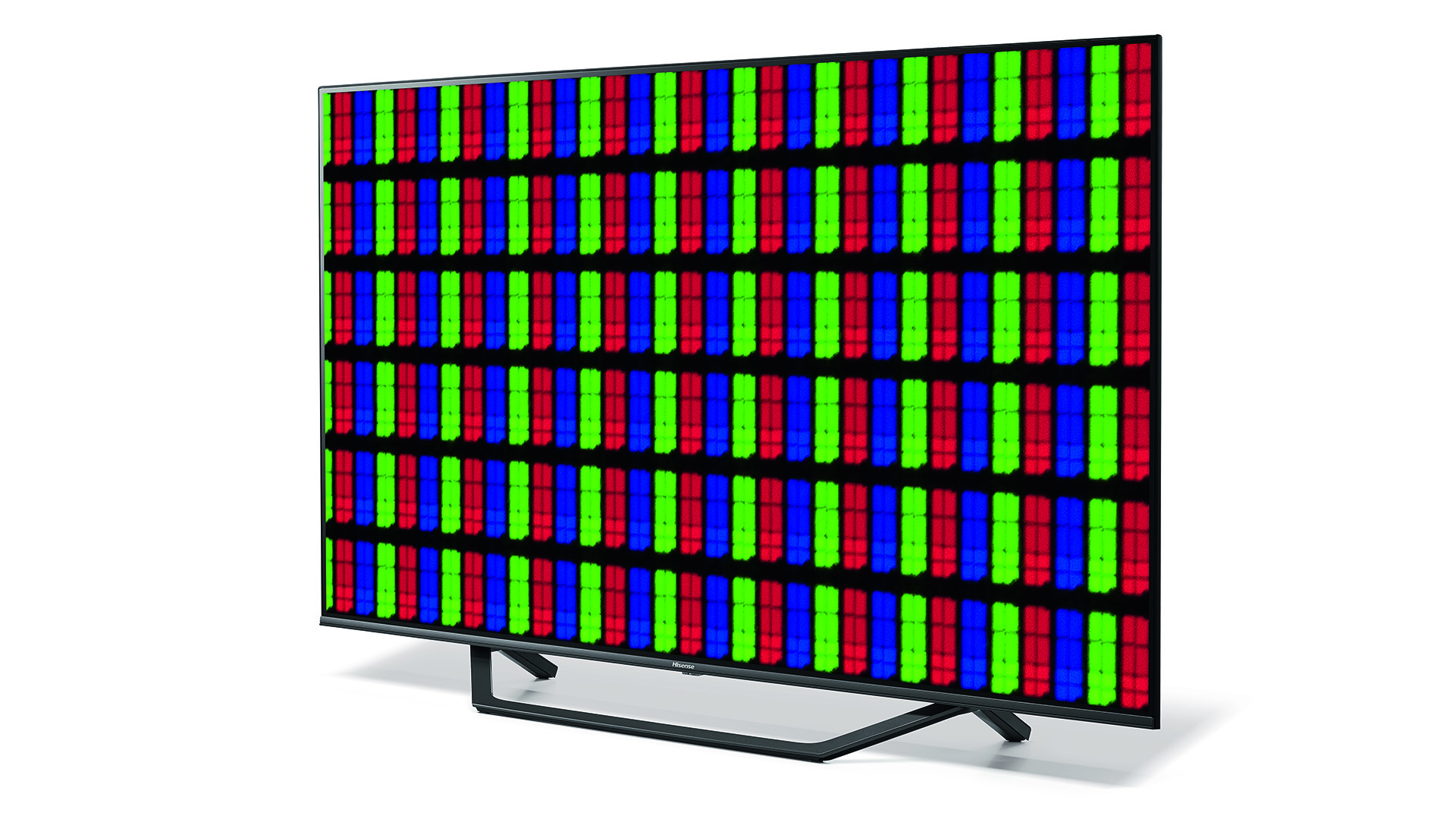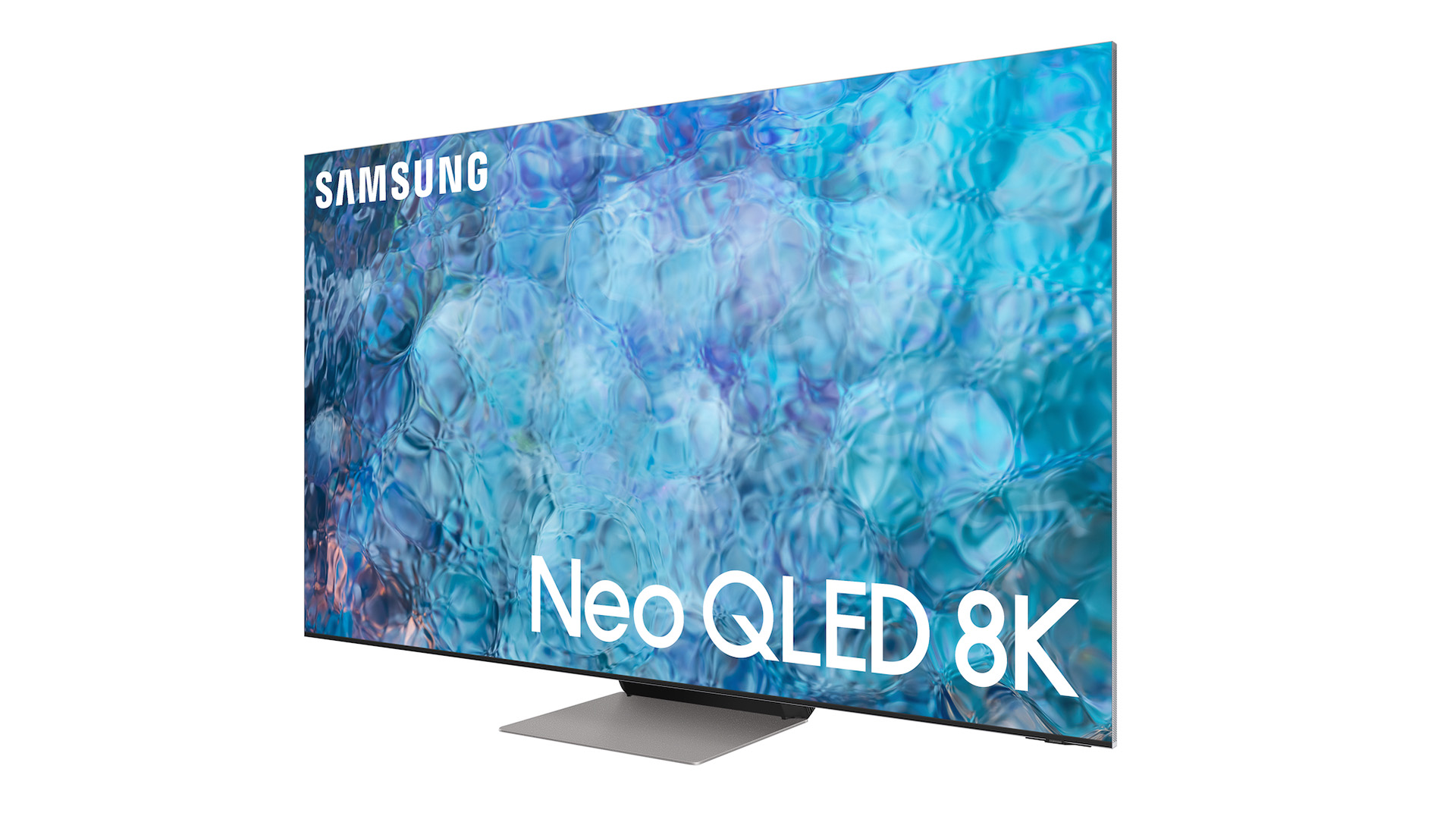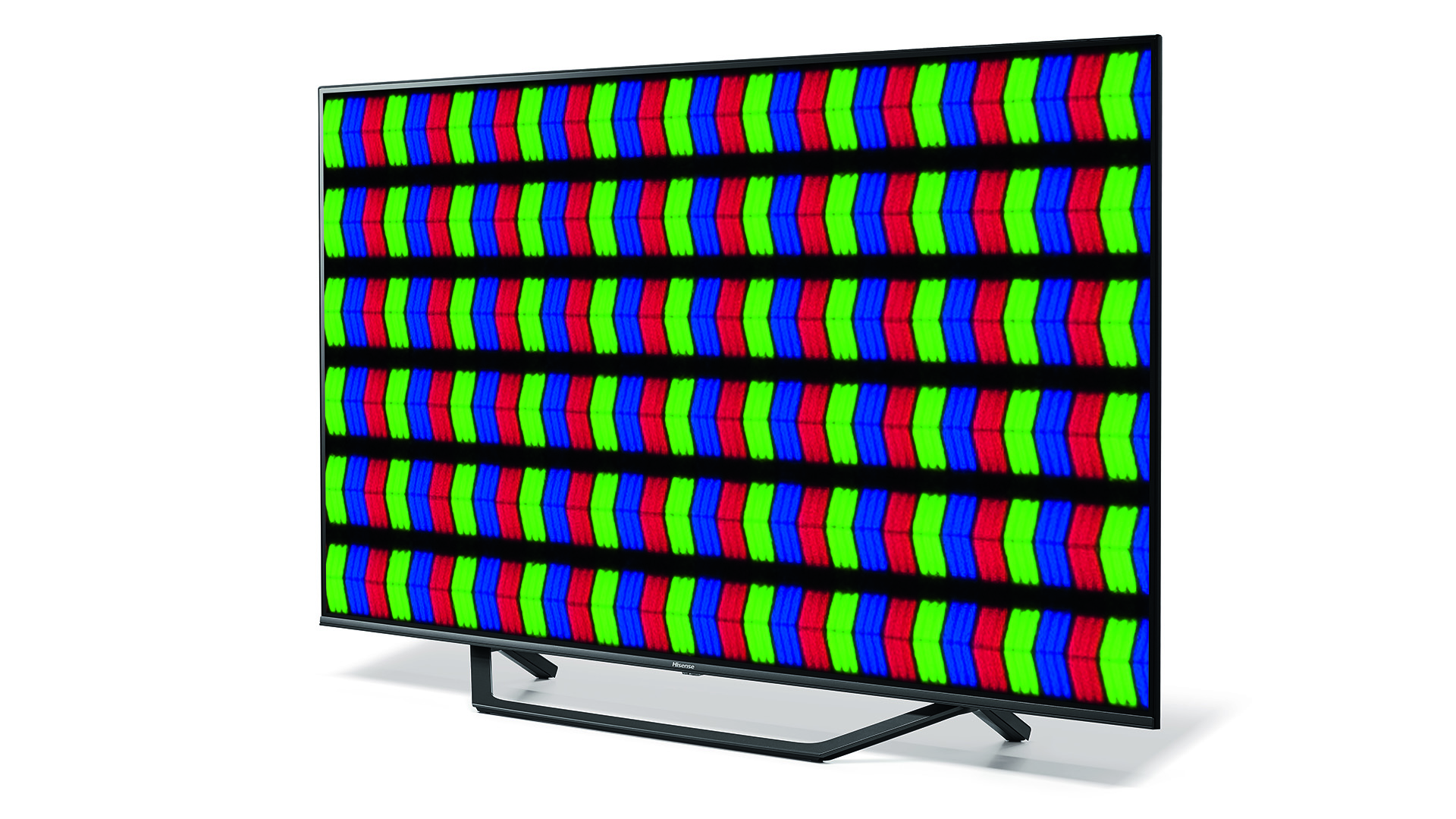IPS vs VA panel technology: the big LCD tech battle you’ve probably never heard of
Everything you were too scared to ask about In-Plane Switching and Vertical Alignment panels

As if buying a new TV wasn’t already complicated enough, we’re about to introduce you to yet another thing to think about. A thing, moreover, that TV brands (accidentally or otherwise) don’t tend to talk about, despite experience showing time and time again that it can have a profound impact on picture quality.
Contrary to what you may think, not all LCD TVs are built around the same core panel technology. They can actually have at their hearts one of two really quite different technologies: VA or IPS.
Each, as we’ll see, has its own distinct advantages and disadvantages – so much so that we personally think the type of panel a particular TV uses should be presented right at the top of its specifications list, rather than typically left off altogether. Especially as some brands have been known to actually mix and match VA and IPS panels at different screen sizes within the same TV series.
VA LCD TVs: how they work

The VA initialism stands for Vertical Alignment. This name is derived from the way VA panels apply voltage to vertically aligned liquid crystals that have been mounted perpendicularly to the panel’s glass substrate, making them tilt as required to let the necessary amount of light through for each image frame.
What are VA’s advantages over IPS?
The main advantage of VA panels is contrast. Their perpendicular crystal alignment provides greater control over the light passing through each pixel, meaning dark scenes and dark areas look less grey / enjoy better black levels.
The extent to which this strength is exploited can vary greatly between different manufacturers, and depends on any number of secondary factors. The type and position of LED lighting a particular VA screen might be using can have an impact, for instance. There are multiple variations on the VA theme available from different manufacturers, too. As a basic principle, though, black levels and contrast are consistently and often considerably better on LCD TVs that use VA panels.
Because of their ability to control light better, high-end VA panels generally deliver more brightness in real world conditions than IPS ones do. This further enhances their contrast capabilities, and arguably makes them more consistently able to do fuller justice to the wider light range associated with high dynamic range technology.
The latest hi-fi, home cinema and tech news, reviews, buying advice and deals, direct to your inbox.
Being able to deliver dark scenes with relatively little overlying low-contrast greyness additionally means that VA panels tend to achieve more consistent colour vibrancy and toning.
Who makes VA TVs?

VA panels for use in LCD TVs come from a number of panel manufacturers, including Samsung Display (which makes a so-called SVA variant) and AU Optronics (which makes an AMVA variant). TV brands are able to buy in panels from these and other VA panel manufacturers as they see fit.
Samsung Electronics is the most consistent user of VA panels in its LCD TVs. In fact, until recently pretty much every Samsung TV at every price level used a VA panel. For the past couple of years, though, IPS panels have unexpectedly cropped up in one or two parts of Samsung’s TV range, including 2021’s high-end QN85 series.
Sony predominantly uses VA panels on its most premium TVs, but it also habitually mixes IPS and VA panels across its wider mid-range and entry level LCD ranges. The same goes for most of the other big brands, too, including Panasonic and Philips.
Panasonic, at least, has recently started to indicate in some of its online promotional materials whether particular models include IPS or VA panels.
IPS LCD TVs: how they work

IPS stands for In-Plane Switching. Like VA panels, IPS panels work by manipulating voltage to adjust how liquid crystals are aligned. Unlike VA, though, IPS panels orient their crystals in parallel with (rather than perpendicular too) the glass substrates present in every LCD panel, and rotate their crystals around to let the desired amount of light through rather than tilting them.
What are IPS’s advantages over VA?

By far the biggest and most talked about advantage of IPS technology is its support for wider viewing angles. In fact, one way of identifying IPS panels has traditionally been to look for quoted viewing angles of 178 degrees.
When we talk about wide viewing angle support in relation to LCD TVs, we’re talking about how much of an angle from directly opposite the screen you can go before the picture starts to lose contrast, colour saturation and, sometimes, brightness.
With VA panels the angle you can watch them before the picture starts to deteriorate sharply can be really quite limited – as little as 20 degrees off axis. While we’d say the 178-degree claims for regular IPS panels are rather exaggerated, you can typically sit at a significantly wider angle than you can with VA and still enjoy a watchable picture.
We’ve even seen occasional evidence of the edges of really big (75-inch plus) VA screens suffering from the technology’s viewing angle limitations when viewed straight on, whereas this never happens with IPS technology.
The VA/IPS viewing angle situation is muddied a little by the introduction into a few high-end VA TVs of wide angle technologies based around filters or sub pixel manipulation. These technologies can be associated with other problems, though, such as reduced resolution, and can still struggle to suppress backlight blooming around stand-out bright objects with LCD TVs that use local dimming backlight systems.
Traditionally IPS panels have been associated with – on high-end screens, at least – wider colour gamuts than VA panels can readily manage. They retain this colour gamut better, too, when viewing the screen from an angle. This is why many professional designers, for instance, have tended to prefer IPS technology to VA. There can be some pretty extreme variance in the range of colour supported across different IPS price points, though, and improvements in premium VA solutions – especially the widespread use of Quantum Dot technologies – have largely evened things up, at least at the premium end of the VA market. In fact, with dark scenes, at least, IPS’s issues with black levels and ‘grey wash’ effect can give good VA panels a colour advantage.
There was a time when IPS technology was considered to have an edge over VA when it comes to response time, leading to less motion blur and improved gaming reaction times. These days, though, we’re seeing pretty much identically low input lag measurements (between 9.4 and 10.4ms) from both VA and IPS TVs.
Who makes IPS TVs

As with VA, there are different variations on the basic IPS theme made by different panel manufacturers. LG Display is by far the biggest manufacturer of IPS LCD panels for TVs, but AU Optronics also makes them, as well as, more surprisingly, Samsung – though some of the non-LG Display IPS products seem to be more focused on PC monitors than TVs.
Given how dominant LG Display is in manufacturing IPS LCD panels, it’s not surprising to find that pretty much every LCD TV LG Electronics makes features an IPS panel at its heart. Other TV brands that use IPS panels on at least a few of their TVs each year include Panasonic, Philips, Sony and Hisense. In fact, the only big brand that has tended to shun IPS is Samsung (perhaps because of arch rival LG Display’s dominance of the IPS market).
Even Samsung turned to IPS for a few of its 2021 TVs, though, and we’re still waiting to see if this continues for its 2022 range.
How can you tell which panel type a particular TV is using?
As noted earlier, it can be frustratingly difficult to determine whether a TV is using VA or IPS technology. Sometimes it is mentioned in the specifications list on a manufacturer’s website – but more often it is not.
If you’re able to actually get your hands on an LCD TV, try knocking gently on its screen. If it’s an IPS panel it will feel solid and the picture will only be slightly affected – or completely unaffected – by the impact of your knocks. If it’s a VA panel, the picture will distort quite noticeably around points of impact.
It’s tempting to assume that any TVs with obviously low contrast are IPS while any screen with a narrow viewing angle is VA. As well as depending on having a wide experience of lots of panels, though, there’s just too much variation in the high and low-end fringes of each technology for this approach to be reliable.
Arguably your best bet is to check out a TV model you’re interested in on an industry website called Displayspecifications.com, which includes usually reliable information on the core panel of pretty much every TV released.
So what should you buy?

You might want to consider IPS TV if your room layout means one or more viewers regularly find themselves having to watch the screen from a wide angle (though don’t forget that a small number of high-end VA TVs feature wide viewing angle technology). IPS’s black level limitations tend to be less obvious in bright rooms too, if that fits with the sort of environment your TV is likely to be used in for the majority of the time.
Our long experience of testing VA and IPS TVs, though, has led us to conclude that in general, the sort of person most likely to be turning to us for buying advice will be happier with an LCD TV based on VA technology.
VA’s ability to deliver typically much deeper, more convincing black levels and more HDR-friendly contrast helps them deliver a much more consistent and immersive modern AV experience. Especially if you’re the sort of person who likes to dim the lights for serious movie or TV viewing nights.
MORE:
John Archer has written about TVs, projectors and other AV gear for, terrifyingly, nearly 30 years. Having started out with a brief but fun stint at Amiga Action magazine and then another brief, rather less fun stint working for Hansard in the Houses Of Parliament, he finally got into writing about AV kit properly at What Video and Home Cinema Choice magazines, eventually becoming Deputy Editor at the latter, before going freelance. As a freelancer John has covered AV technology for just about every tech magazine and website going, including Forbes, T3, TechRadar and Trusted Reviews. When not testing AV gear, John can usually be found gaming far more than is healthy for a middle-aged man, or at the gym trying and failing to make up for the amount of time he spends staring at screens.
